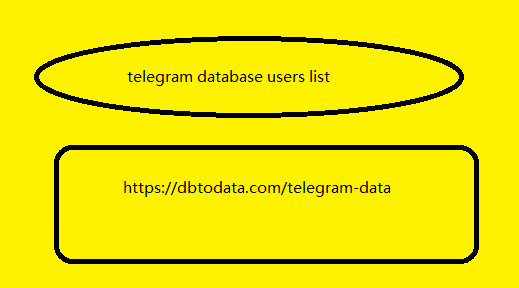Accounting entries are the most basic economic entries that accountants must master. In the article below, MISA MeInvoice electronic invoice will share the latest accounting entries.
Table of Contents Hide
1. What is an accounting entry?
2. Accounting principles you need to know
3. Principles of using accounting accounts
4. Instructions on how to make accounting entries
4.1. Accounting steps
4.2. Example of illustrating the entry “Deposit cash into bank account: 100,000,000 VND”.
Conclusion
1. What is an accounting entry?
accounting entry guide
Accounting entries are the way accountants determine and record the amount of a financial accounting transaction that occurs on the debit and credit sides of related economic accounts. There are two types of accounting entries: simple entries and complex entries.
Simple posting is when the accountant makes a posting that only involves 2 types of general accounting accounts (GAAs). Complex posting is when the accountant makes a posting that involves 3 or more GAAs.
Before diving deeper into accounting entries, you may want to review the accounting principles in the additional article as these principles are essential to the accounting practice.
See more: 7 basic accounting principles denmark telegram data everyone needs to master
2. Accounting principles you need to know
– Determine which accounts are debited first, then credited.
– In the same entry, the total amount comp will simply not sellan illconceived and recorded on the Debit side of the accounts must equal the total amount recorded on the Credit side of the accounts.
– 01 complex item can be divided into many bulk data simple items. However, many simple items cannot be combined into 01 complex item.
– A single entry is an entry that only involves 2 Accounts. One Debit Account corresponds to 1 Credit Account.
– Complex entries are entries that involve at least 03 accounts or more. Including the following cases:
One debit account corresponds to many credits.
One Credit account corresponds to many Debit accounts.
Multiple debit accounts correspond to multiple credit accounts.
Businesses and accountants interested in MISA meInvoice software and need to try the software for
FREE with full features for 7 days, please REGISTER here
3. Principles of using accounting accounts
– Account types 1; 2; 6; 8 – are of the nature of ASSETS. Increases are recorded on the Debit side, decreases are recorded on the Credit side.
– Accounts type 3; 4; 5; 7 – are CAPITAL. Conversely, if there is an increase, it is recorded on the Credit side, if there is a decrease, it is recorded on the Debit side.
– Should be designed in a T-shaped diagram for easy memorization.
Principles of using accounting accounts
– Note: For special accounts: Account 214 – Depreciation of fixed assets; Account 521 – Revenue deductions: have the opposite structure to the general structure.
Account 214: increase on Credit side, decrease on Debit side.
Account 521: increase on Debit side, decrease on Credit side.
See more: Popular accounting software for businesses MISA SME
4. Instructions on how to make accounting entries
4.1. Accounting steps
Step 1: Identify accounting objects
– Accountants need to determine which accounting objects are affected by economic and financial transactions.
Step 2: Identify the relevant accounting accounts
– Determine the accounting regime the unit is applying.
– Determine which account is used for the accounting object?
Step 3: Determine the increase and decrease direction of the accounts
– Determine the account type, first account number?
– The fluctuation trend of each account (increase or decrease).
Step 4: Accounting
– Determine which accounts are debited and which accounts are credited.
– Write the corresponding amount.
4.2. Example of illustrating the entry “Deposit cash into bank account: 100,000,000 VND”.
– Step 1: Identify accounting objects

